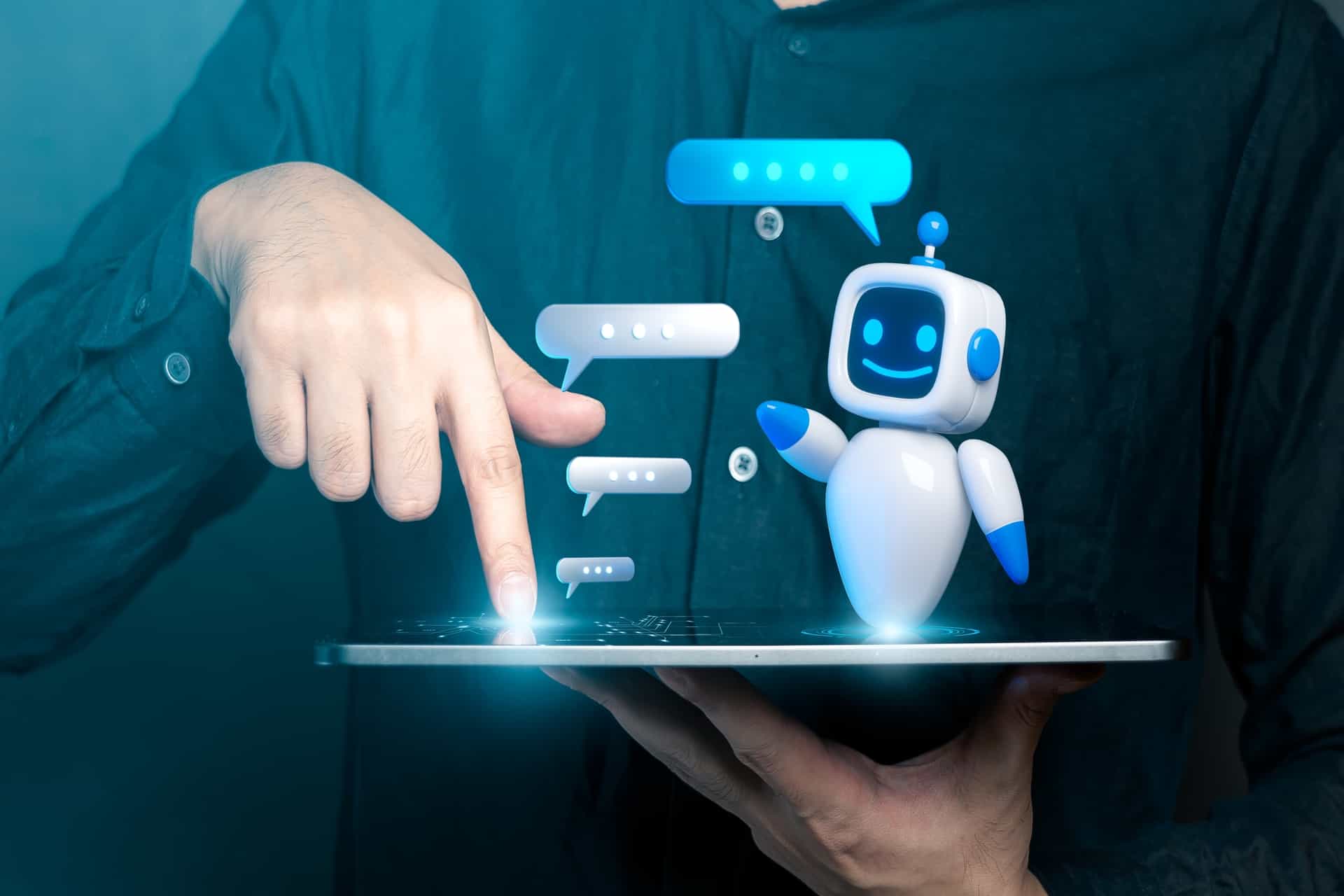Exploring the Future of AI Chat APIs: Trends and Innovations

AI chat APIs have become essential in digital communication and customer interactions; they are transforming the ways organizations interact with clients, fans, and customers. These APIs, whether called artificial intelligence chatbot APIs or something else, are leading the way to modernisation in artificial intelligence and machine learning technologies. Let’s now discuss the trends and developments in the field of AI chat APIs.
1. The Integration of Natural Language Processing (NLP)
The capability of AI to understand and interpret the human language is also on a progressive increase due to the advancement of AI. Recent AI chatbot APIs are using complex NLP models to analyze user queries more effectively as well as to provide relevant responses within the given context. In the future, we will look forward to enhanced NLP features, thus increasing chatbots’ conversational performance.
Natural Language Processing (NLP) is a machine-learning technology that deals with the interaction of human languages and computers and enables machines to comprehend the language used by humans and vice versa. It is the reason behind the progress we are witnessing in artificial intelligence and human-like conversations with the help of AI chatbots nowadays. This has been evolving through NLP pushing chatbots to become not only mere answer-givers to questions asked, but questioners in proper conversations. New studies will allow later NLP models to not only capture what is said but also the tone, attitude, and purpose for speaking it.
2. Multimodal Capabilities
The changes in the technological field have not been static, and that is particularly true when it comes to AI chat APIs. It is forecasted that in the future, many modalities will be incorporated where the chatbots will be able to learn and interpret voice commands, images as well as gestures. These objectives will complement each other to improve the user experience and increase the possibilities of using chatbots.
Multimodal interaction may be defined as the facility of a system to accept and comprehend multi-forms of commands and, correspondingly, initiate actions in return. Think about the possibilities of an interactive chatbot customer service that can handle not only text messages but also images, voice, and even expressions. This level of interaction will enhance the use of AI chatbots, eliminating barriers that are related to text-only interfaces.
3. Personalization and Context Awareness
Another rather significant aspect of the focus of AI chatbot APIs is that modern development is actively covered with the principles of personalization. Since user data and preferences are highly dynamic in the case of so many individuals, chatbots can use this information to analyze and respond or recommend accordingly. This context awareness will then help to increase people’s interest and interaction, thereby enhancing the overall customer satisfaction in different operational fields.
Customisation is quickly gaining importance in the management of customer experiences. AI chatbots can employ the data gathered from previous conversations, clients’ preferences, or even data from the outside world to suggest a proper response. This level of personalization is useful in designing the engagement to be as satisfying as possible by being able to guess what a user might want in the future, thereby reducing the impersonality of a chatbot.
4. Integration with IoT Devices
This trend is likely to continue as more devices enter the IoT environment; AI chat APIs are used in the IoT system. Consider cases of Chatbots that can manage Smart Home devices, receive updates from Wearables, or help in the management of Industrial IoT applications. This convergence will open up new opportunities for automated processes and easier use on the part of the user.
The use of AI chat APIs in the incorporation of IoT devices will open new possibilities when it comes to interactivity and controlling the devices. For instance, a chatbot that is connected to a smart home system will help users control the brightness of the lights, the temperature of the house, or even the security of the house just by speaking to it. On the industrial front, chatbots could offer online monitoring and alterations of machinery and equipment, improving productivity and avoiding equipment breakdowns.
5. New Security and Privacy Improvements
As society becomes more aware of data privacy and security, future AI chat APIs will be developed with maximized data encryption and secure data processing and will adhere to current laws like GDPR. These will help the chatbot in providing users with a level of trust so that any information provided by the user is confidential.
Privacy and data security are priorities, especially in the ever-advancing digital world. As chatbots become a part of everyday interactions and manage personal and financial data, the security of such information becomes essential as more people use chatbots. The future AI Chat APIs will have strong SSL encryptions, strong authentication protocols and follow standard privacy laws worldwide to protect users’ data.
6. Progressive Machine Learning
It’s imperative to note that AI chatbot APIs center on machine learning models that are updated repeatedly through interactions. Future advancements will aim to present better algorithms for machine learning so that it will be easier to solve problems on a large scale and improve users’ requirements over time.
AI chatbots are, therefore, built to incorporate machine learning, whereby the chatbot improves the more it is used. Future developments will be directed towards improving models that can perform more advanced tasks than basic questions and answers, though within a similar theme. These models will also become less demanding in terms of resources, thus opening the door for models that can squeeze into businesses of different sizes.
7. AI Integration with Human Operations
Instead of directly eliminating human roles, AI chat APIs will often become assistants to humans. Some possibilities of their future use include chatbots helping customer support personnel manage simple inquiries automatically so that the live personnel can shift their attention to unique cases and clients.
Intelligence amplification involves the use of AI to improve human abilities. For instance, in customer service, the AI chatbots can respond to simple questions and give simple answers while directing actual customers to human agents for authentic human interactions and more complicated questions. It is a symbiosis that can lead to better customer outcomes and overall productivity, plus more satisfaction for people working in customer service as they are not overwhelmed with repetitive tasks.
8. Real-time Analytics and Insights
Live interaction analytics is one of the major strengths of AI chat APIs, as they provide an opportunity to collect and evaluate data from such interactions. Future trends are likely to observe enhanced functions that facilitate the timeliness of the analysis process to produce efficient and fast insights. These insights can help marketers position their products for marketing and develop products by giving consumers exactly what they need and bettering the customer service provided to them.
Real-time analytics can give real-time insights into customer info, thus allowing businesses to create better marketing strategies. Organizations can analyse the patterns of conversations that they have with chatbots, diagnose problems and collect information. Thus, the potential uses of this data are in enhancing marketing approaches, optimizing existing and new products or services, and general satisfaction of the customer. Sophisticated analysis tools will help in making this information more tractable; businesses will be able to make this data operational.
Conclusion
The optical future for the use of AI chat APIs is rather promising. This means that with time, there will be growth in the capacity of chatbots driven by the above-mentioned APIs. As a result, the future of digital communication will be revolutionized by features such as enriched NLP, multimodal interfaces, and progressive machine-learning models. Promoting these innovations to businesses provides them with better positioning on the market as a result of improved personal efficiency and interactions that firms can offer to their customers.
Thus, AI chat APIs are not only the means of mechanization but also signify a shift in the paradigm of virtual communication. In getting to that future, it will be important for firms to continue to track these trends and advancements that will help them make better use of these AI Chatbots.
We still have a long way to go and discover more features of AI chat APIs in exciting ways that could be used in the future of communications and customer relations. The subsequent phase of change is only going to introduce a lot of added advancements, therefore making AI chat APIs an essential instrument in post-modern times. But that’s where the beauty of the development of such AI chat APIs lies in the fact that whether through better personalization possibilities, the inclusion of IoT devices to the mix or better security features, every aspect of the application of these APIs is a chance to define what the future interactions between humans and technology might look like.




